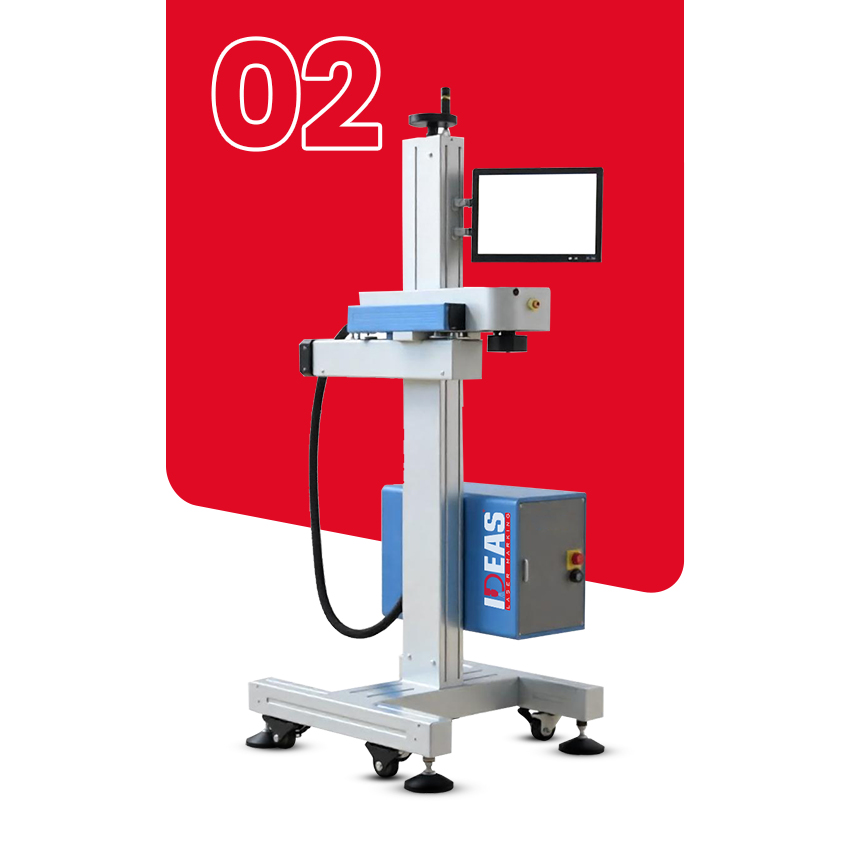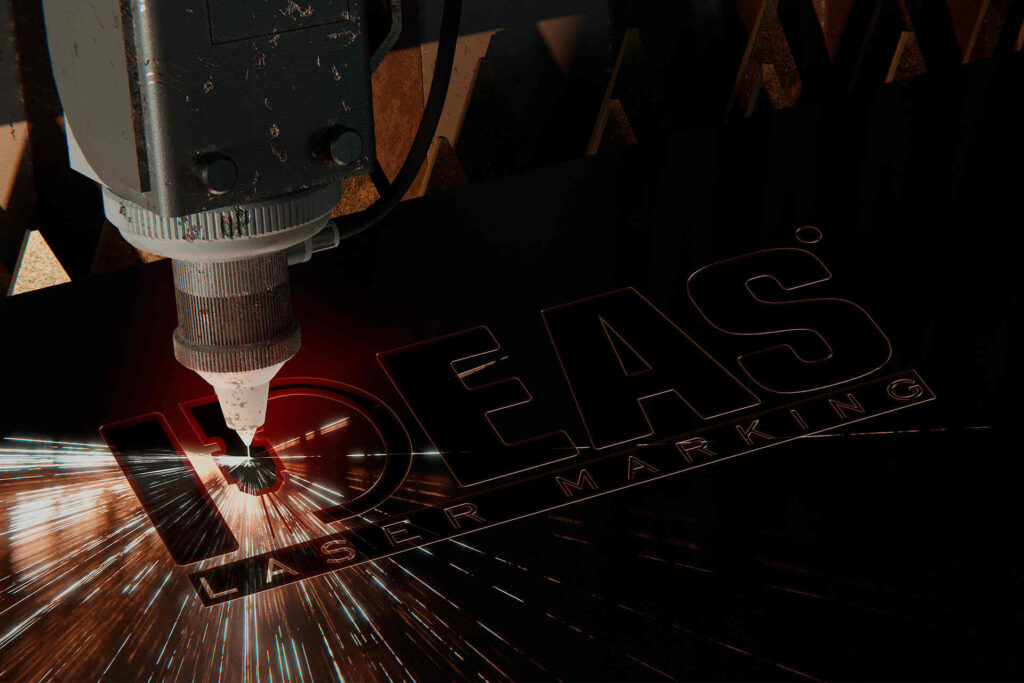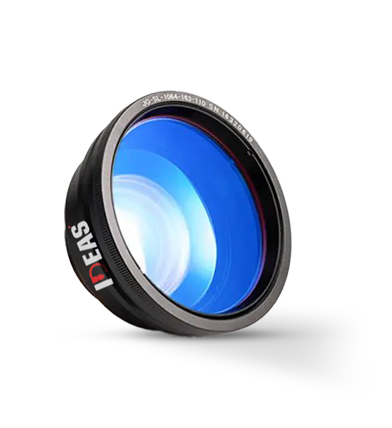Fiber Laser Marking Machine
The fibre laser system is specifically engineered for manufacturers who work with tough, high-density packaging materials. It performs exceptionally well on medium to high-speed production lines, delivering fast, reliable, and high-quality marking results. Its precision and durability make it ideal for challenging applications where traditional marking methods may fall short.

Product Information Overview
Precision Fiber Laser Marking for High-Quality Metal Surfaces
PRODUCT OVERVIEW

Product Advantages


Simple to operate
High-power fiber lasers are perfectly suited for marking durable, high-use products like engine parts, ball bearings, brake systems, extruded items, and cables. These lasers deliver strong contrast and long-lasting marks, ensuring that identification codes remain clear and readable for the entire lifespan of the product.
The laser source is built for long-term use, offering a high reliability rate with an average lifespan of up to 100,000 hours before any potential failure.
The air-cooled laser source requires almost no maintenance and contains no parts that wear out, which greatly minimizes downtime and keeps operations running smoothly.
Features a standard 100×100 mm marking area with precise marking accuracy and sharp edges, allowing for faster processing and increased production efficiency.
Built with a standard IP54 protection rating, it is well-suited for reliable and consistent performance in tough environments with dust and humidity.
Offers multiple working distance options and supports 0 to 360-degree printhead installation, allowing for more flexible and convenient integration into different production line setups.
Laser engraving result.
The type of material, laser wavelength, and laser technology all play a role in determining the final marking quality. Below are some common results achieved with fiber laser marking.
Heating various types of plastic to create raised or recessed surface textures.
The interaction between the laser and the material triggers a chemical change that alters the surface color.
Creating surface marks on items such as metal parts and cans.
Removing the top layer of coating to reveal the base color underneath.
Controlled burning or carbonizing of materials like wood, cardboard, cables, and pipes to create permanent marks.
Product Applications
CO₂ lasers are gas-based systems that use carbon dioxide as the active medium, making them ideal for delivering clear, consistent, and high-quality markings on a wide range of materials such as cardboard, glass, coated metals, paper labels, PET, acrylic, and other plastics. Renowned for their adaptability and accuracy., these lasers produce permanent, high-contrast marks without any physical contact, preserving the integrity of even delicate materials.
List of Items




Technical Specifications
| Laser Details | |
|---|---|
| Laser Type | fiber lasers |
| Maximum Output Power | 20W / 30W / 50W |
| Laser Wavelength | 1064nm |
| Laser Tube Lifetime (Average) | 100,000 hours |
| Laser Class | Class 4 (Compliant with IEC60825-1) |
| Performance | |
| Maximum Linear Speed | 20 m/s |
| Marking Speed | Up to 30 characters/sec |
| Coding Angle | Downward (90°) or Flat (0°) |
| Marking Area | 70x70, 110x110, 145x145, 175x175 mm (elliptical) |
| Marking Heads & Lenses | |
| Vibrometer Options | 8mm, 10mm |
| Spot Size | 60μm |
| Marking Distance | 110–275mm (Customizable) |
| Interface | |
| Operator Interface | Built-in 10" Touchscreen (Windows 10) |
| Communication Interfaces | Ethernet (RJ45), RS232, RS485, USB, SD Card |
| Operating Environment | |
| Rated Voltage | 200 – 240V, 50/60Hz |
| Total Power Consumption | ≤ 500W |
| Ingress Protection | IP54 (standard), IP65 (optional) |
| Operating Temperature | 5 – 45°C |
| Humidity Range | Max. 70% (non-condensing) |
| Cooling Method | Air cooling |
| Product Weight | |
| Optical Path Weight | 3.75 kg |
| Power Supply Weight | 18.1 kg |









